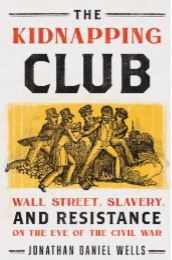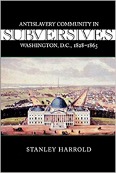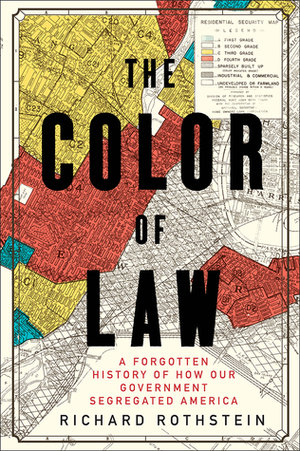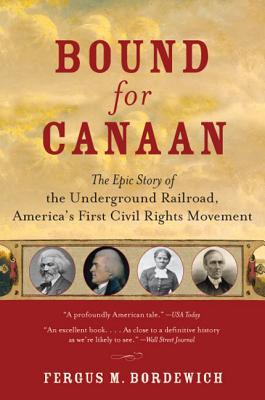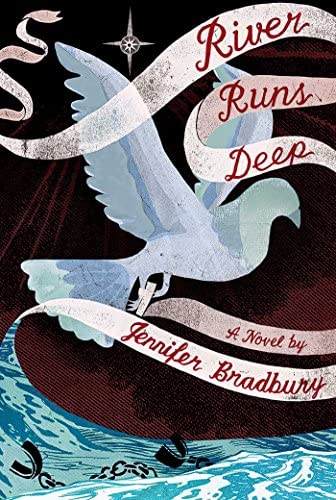Documenting the American South
Documenting the American South (DocSouth), a digital publishing initiative sponsored by the University Library at the University of North Carolina at Chapel Hill, provides access to digitized primary materials that offer Southern perspectives on American history and culture. It supplies teachers, students, and researchers at every educational level with a wide array of titles they can use for reference, studying, teaching, and research.
The texts, images, and other materials come primarily from the premier Southern collections in the libraries at the University of North Carolina at Chapel Hill. These original Southern materials can be found in several library locations, including the Southern Historical Collection, one of the largest collections of Southern manuscripts in the country; the North Carolina Collection, the most complete printed documentation of a single state anywhere; the Rare Book Collection, which holds an extensive Southern pamphlet collection; and Davis Library, which offers rich holdings of printed materials on the Southeast.



